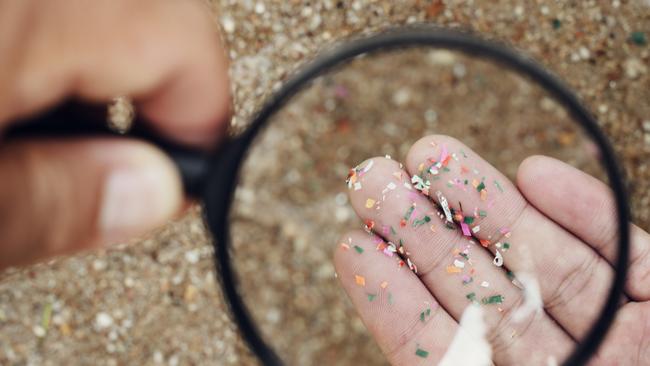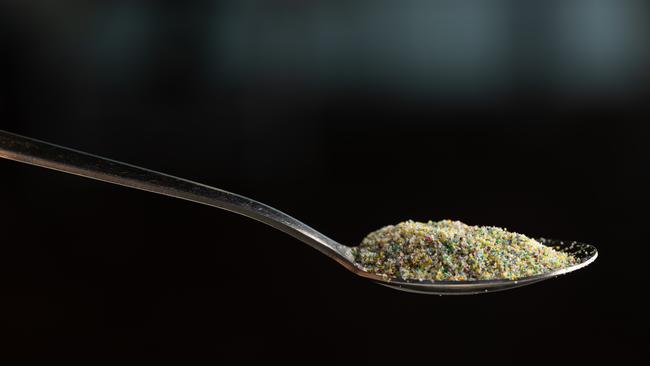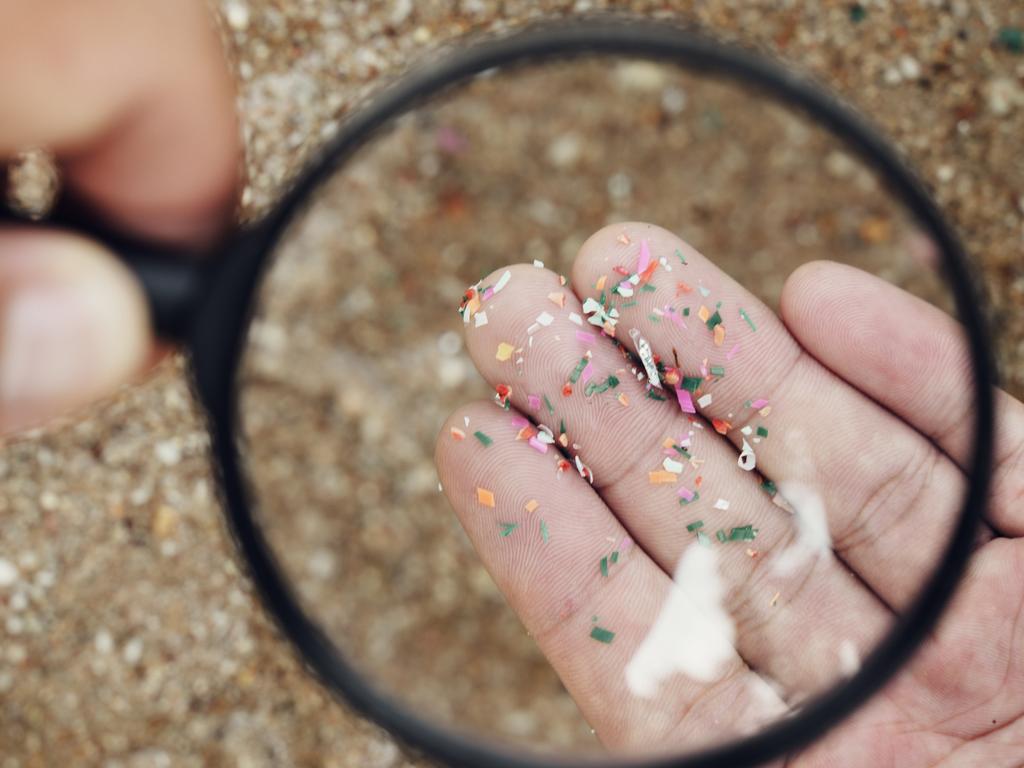Microplastics have made it into our brains. It may be time to act
A proliferating problem for the planet has become one for the body too, as a new study shows a build-up of plastic where we least want it. So what can be done?

The toxicologist Matthew Campen takes a straightforward view of the plastic in his brain, and yours. “I have yet to encounter a single human being who says, ‘There’s a bunch of plastic in my brain and I’m totally cool with that’,” said the professor in pharmaceutical sciences at the University of New Mexico, announcing the results of his team’s remarkable analysis of tissue samples in the state.
This study, published in the journal Nature Medicine, made global headlines last week.
It showed that in samples taken from 52 people who died in 2016 and 2024, microplastics – shards of disintegrated plastic as small as 100,000th the width of human hair – were found in the tissues of the liver and kidney. More worryingly, they also found microplastics in samples from the brain, and at even higher levels.
“I’d never have imagined it was this high,” Campen said. “I certainly don’t feel comfortable with this much plastic in my brain.”
It is hard to argue with that – but how worried should we actually be?

“The finding that microplastics are accumulating in human brains is concerning,” says Antonis Myridakis, lecturer in environmental sciences at Brunel University of London. “However, it is too early to draw conclusions about direct health risks.”
We are increasingly aware that microplastics get everywhere – they have been found at the north and south poles, on our highest peaks and in our deepest seas, and now it appears they are in our brains too. It sounds troubling, but scientists still do not know what this means for our health.
This ambiguity is fuelling some pretty acute alarm.
The brain could contain “a spoon’s worth” of plastic, according to an article in the Smithsonian magazine (extrapolating heavily from the tiny samples examined). “Dementia risk is increased by microplastics,” another claimed.
The findings are also likely to fuel the reforming zeal of Robert F Kennedy Jr – Donald Trump’s choice to be the next US health secretary – who views plastic and chemical pollution as a significant threat to human health and has threatened the plastics industry with a clampdown.
Studies about plastic pollution are published all the time, but there were three key things about this research paper that caught the eye of scientists.
First, the accumulation of microplastics in the brain samples of those who died in 2024 were about 50 per cent higher than in those who died in 2016, suggesting the concentration in our bodies is rising as the environment becomes more polluted.
Second, the study showed that microplastics were crossing the blood-brain barrier – the filter designed to stop contaminants getting into the inner workings of the brain.
Third, the brain samples taken from the 12 people in the study with a recorded diagnosis of dementia contained as much as 10 times more microplastics than those of anyone else.
Researchers stressed they could not prove the plastic has anything to do with the dementia – they had shown correlation, not causation – but Campen stressed that a firmer link might be demonstrated in the future.
Environmentalists have been warning about plastic pollution for decades, and it is a message that has always resonated because litter is visible and tangible – far easier to get a grip on than invisible, remote threats such as climate change.
As Tamara Galloway, professor of ecotoxicology at Exeter University, puts it: “A single-use plastic item is designed to be used for 20 minutes and then thrown away. And then it lasts for 500 years.”

And it is not just litter. Car tyres now contain a high proportion of plastic. Cosmetics contain microplastics. Even doing a load of washing can contribute, with fibres shed from clothing passing into drains and then out into our waterways.
Microplastics were catapulted into the public consciousness in 2017, when Sir David Attenborough’s Blue Planet II showed a pilot whale towing her dead calf across the ocean for days, unwilling to accept it had died.
Galloway, however, is optimistic.
“In this study, the concentrations increased over time. But the reverse to that is that if we were to reduce exposure, we could reduce the concentrations in human bodies.”
Scientists are investigating the use of enzymes to break up microplastics and sound waves in the ocean that could push them to accumulate into focused channels, where they can be collected.
But first, Galloway says, we need to stop producing more and more plastic that simply gets thrown away (which may prove difficult with Trump vowing last week to end US government bans on plastic straws).
“You can’t just treat the environment like one great big dump. What you throw away could well come back to hurt you.”
The Times



To join the conversation, please log in. Don't have an account? Register
Join the conversation, you are commenting as Logout